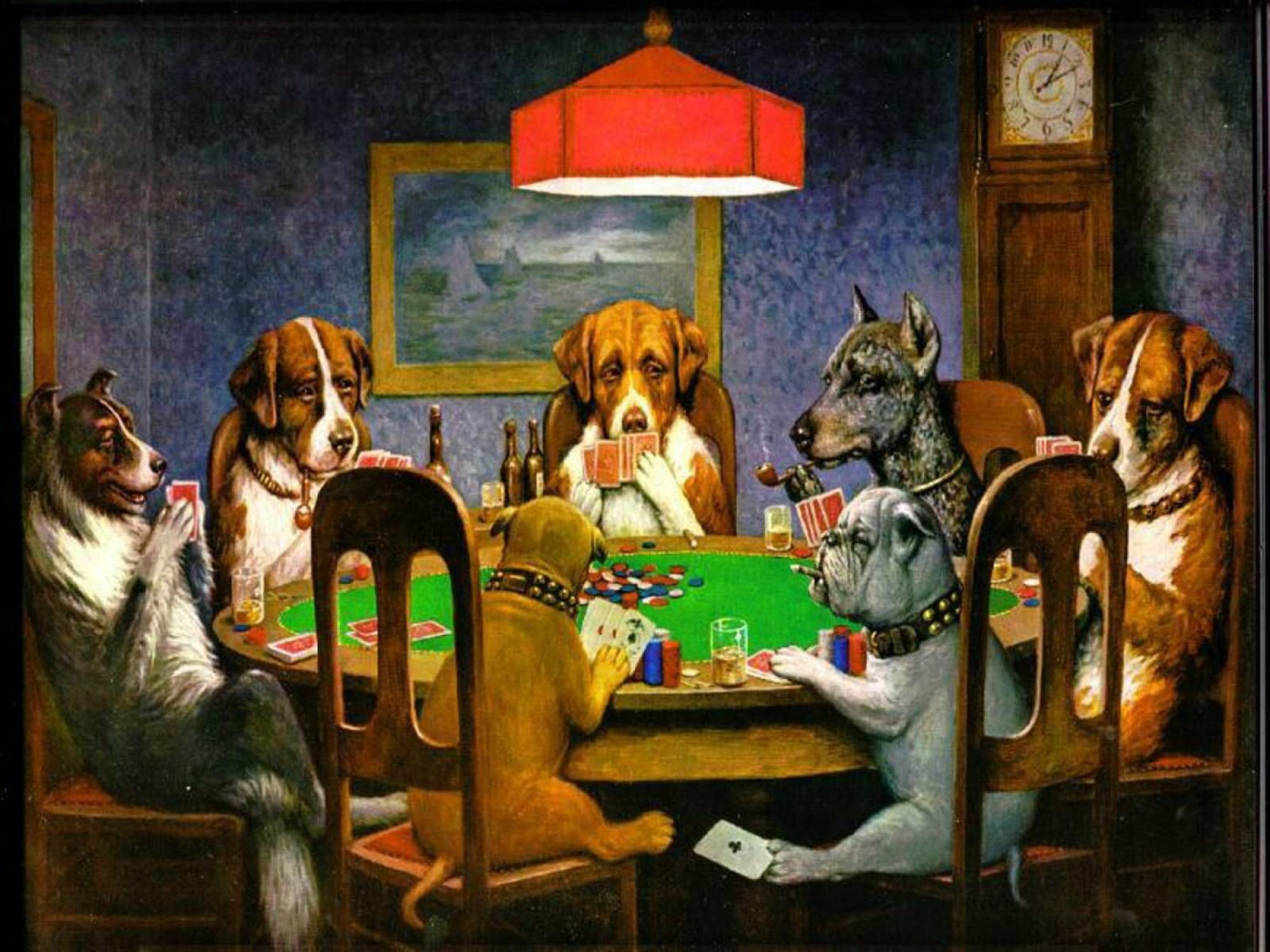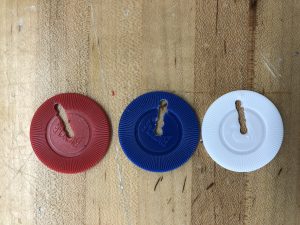This week I made some minor fixes to the chips and chip contacts, adding extra copper tape to the center contact to bring it level with the outer ring contact so the stacked chips will register the correct resistance value.
The bulk of my work was spent on assembling the shuffler and dealer module. We printed the last of the parts and have begun to test the optimal setup for the motors in the shuffler trays and the dealer tray. We needed to file away some of the plastic on the shuffler trays to allow cards to more easily slide into the dealer tray.
Currently the shuffler works with a quarter deck in each tray, so it needs to be run twice for each round, however we purchased high torque motors which will increase the stack of cards up to a half deck on each shuffler tray. The dealer can pull cards from the bottom of a full deck easily, we simply need to optimize the angle which allows a single card to be dealt, rather than for the whole deck to slip out at once.
This week we will finalize the shuffler and dealer construction and begin constructing the play area which will hold the chip contacts, RFID readers, and E-ink displays. Once the demo is over, we will start work on the final presentation.


